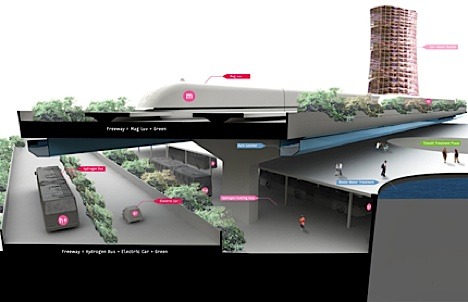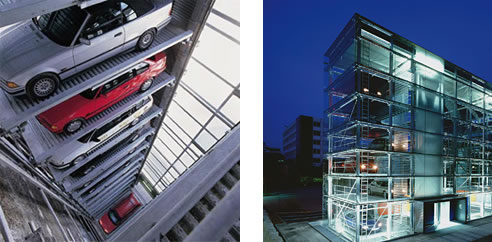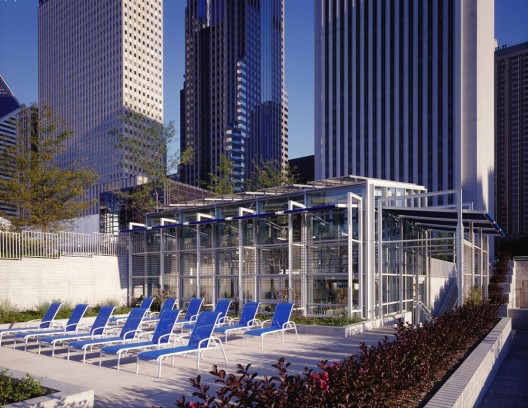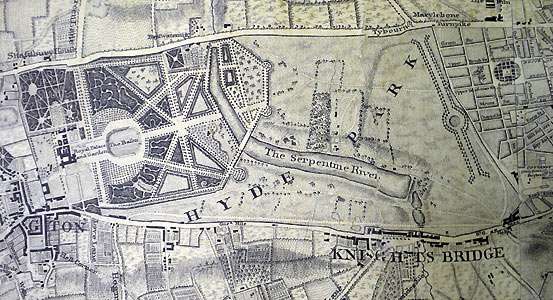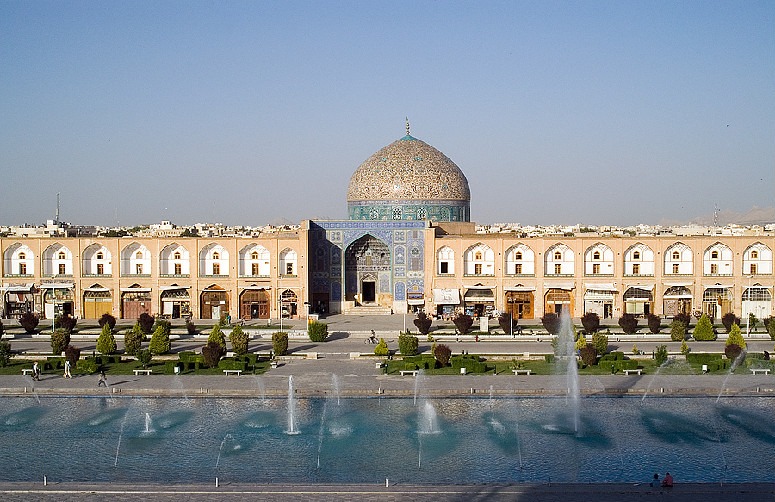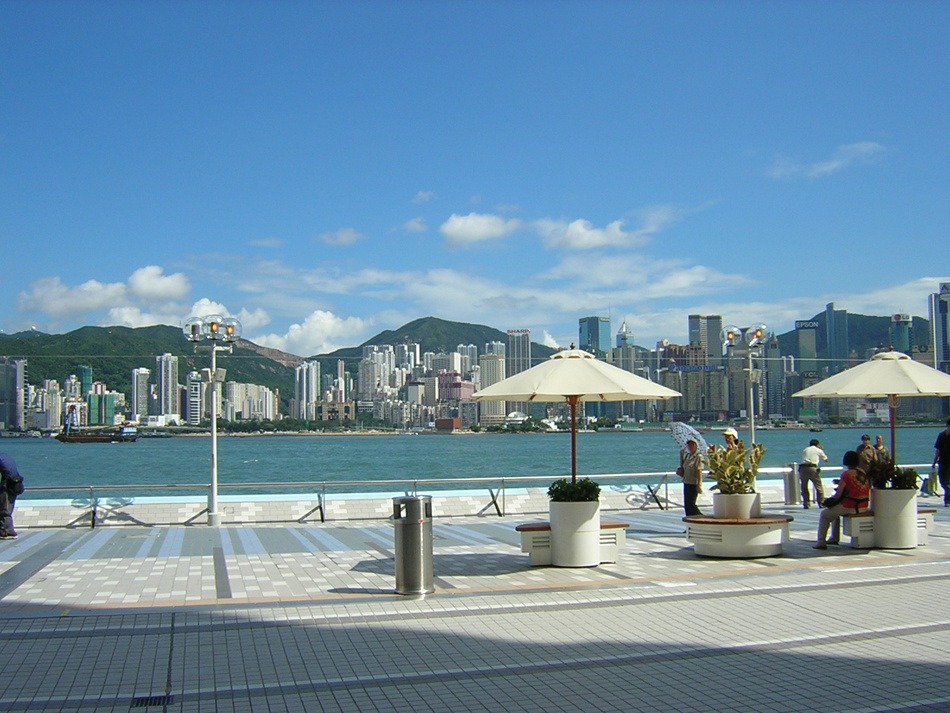Design schools are starting to tackle questions of urban scale city design in their masters programs. The key to future transit systems is to make that form of travel the best it can possibly be. Ask, what would make people choose this form of transport over other alternatives if they had many equally accessible and affordable options? Why might they want to travel this way? What would be unique, good or special about the experience?
Category Archives: context-sensitive design
The beginning or the end of the car?
Is peak oil, sustainability and climate change the beginning or the end of the car as we know it? With the advent of modernism carparks became first part of a highrise building to be constructed and were considered as part of the foundation system. There are a number of concerns with parking in urban areas. Will pollution and noise issues be meet by electric cars? Will innovative greened multistacking carparking arrangements be proposed for multi-density dwellings? How will congestion be addressed?
How will car supply and demand issues be thought about? Should urban residences be carfree with the possibility of outer-urban garaging accessible beyond the urban core area? Should urban work and commuting also be limited to the periphery of the inner-core? If so, who should be able to access this inner centre by car? Why?
Will eco-traffic engineers be engaged to design flow throughs and do capacity modelling for all new development sites so that designers can innovate and demonstrate best practice? Who will dream of the transit and traffic organisational schemas of our new cities?
More questions than answers!
Re: cycling It is Cost Effective
What is needed to induce the die-hard city commuters to leave behind their cars and adopt cycling as a mode of transport? Should the cost of using the car in central city areas be so cost prohibitive that only the those willing to part with large sums for the privilege persist? Or should urban designer adopt a range of innovative measures to entice inner city commuters to adopt what is afterall a healthier lifestyle alternative?
The McDonalds Cycle Centre in Chicago’s Millenium Park is leading the way in rethinking what it means to cycle and the sort of facilities which may transform the way commuting and recreational cycling is viewed. Philip Modest Schamberlan and + Anton Fromm’s Bicycle Hotel intends to entice the cyclist into the mountains in pursuit of a recreational touring lifestyle by providing an intriguing Fractal experience perched above Lake Garda.
Style Conscious
In 1730 Queen Charlotte ordered the damming of the Westbourne River as part of a general redevelopment of Hyde Park and Kennsington Gardens by Charles Bridgeman. The Serpentine Lake in Hyde Park is the remnant of the Westbourne River which since 1850 has been diverted into a culvert and runs into the Thames near Chelsea. “The Serpentine Lake was one of the earliest artificial lakes designed to appear natural” and was widely imitated. The Long Water because of its relatively undisturbed nature is a significant wildlife habitat.
Hyde Park and its surrounds has changed considerably since its inception. Contextualising the statute of Achilles by Richard Westmacott which was said to have originated in the classical taste of the Countess Spencer, demonstrates the remarkable changes that have taken place both in the use of the park and in the urban environment which surrounds it. The Queen and Prince Albert are drawn taking air in their carriage as they pass by the statute c1840.
Achilles meanwhile remains a most admired archetypical hero.
The definition of landscape urbanism
A previous post considered landscape urbanism and led to this definition:
LANDSCAPE URBANISM is an approach to urban design in which the elements of cities (water, landform, vegetation, vertical structures and horizontal structures) are composed (visually, functionally and technically) with regard to human use and the landscape context.
I am content with this definition for the time being but would like to give a little more explanation.
(1) The idea of ‘compositional elements’ comes from the history of garden design. It is a field in which water, landform, vegetation, buildings and paving have been composed, for at least 5,000 years – and it has always been done with regard to exiting landscapes and specific human uses. This has often made garden design a crucible for urban design, with the famous examples of Late-Renaissance Rome, Safavid Isfahan, Yuan and Ming Beijing, Georgian London, Late-Baroque Paris, even-later Baroque Washington DC and the Garden Cities of the twentieth century.
(2) The classification of design objectives (functional, technical, visual) is based on Vitruvius: Commodity, Firmness and Delight.
Under landscape urbanist programming, the design of urban space begins with the design of urban space. Buildings are then arranged and designed to surround and contain the urban space. Designing the buildings before the space will almost always diminish the potential quality of the urban space: visually, socially and ecologically.
Above image courtesy François Bouchet
Cities in their landscape setting
The landscape setting of cities is a vital component of their character which can often be overlooked. This is particularly so for designers when they are considering contributions to the design of the skyline. Hong Kong with its harbour and mountainous surrounds benefits from the scenic amenity of its setting. And because of the physical and visual strength of these geographic characteristics the setting is able to support a dense tall city.
The relationship between building and landscape is worthy of considerable design attention. The name Hong Kong literally means ‘fragrant harbour’. Victoria harbour is one of the deepest natural maritime ports in the world. Reclamation projects dating from the late 1842 (1890, 1930, 1960, 1980 and 1990) have progressively advanced Hong Kong’s shoreline.
In Hong Kong they recognise some of the benefits of landscape saying that the landscape is an asset which contributes to well-being, helps define the identity of the city, provides habitats for wildlife and is part of their culture and heritage.

